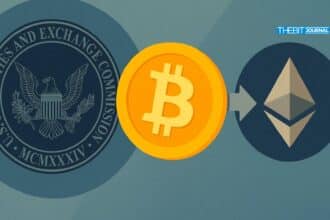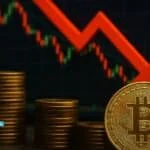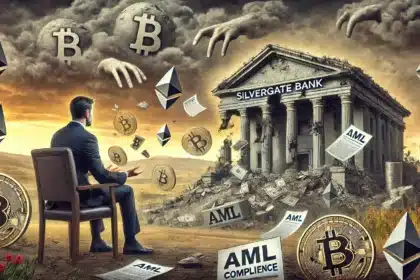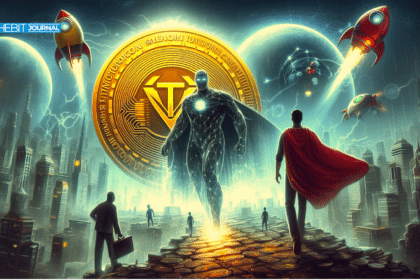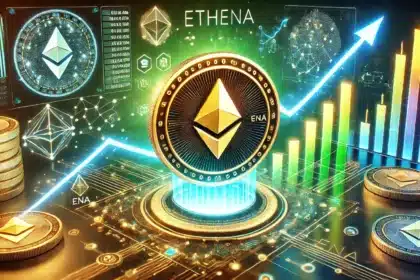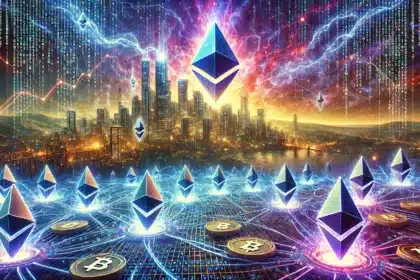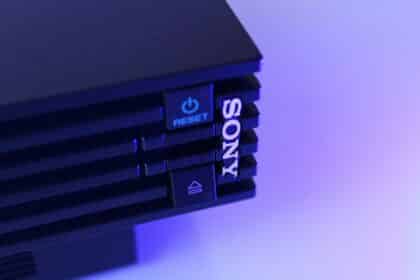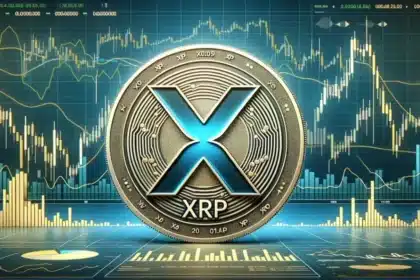The Pectra upgrade went live on May 7 and finally brings some long awaited protocol changes. However, the Ethereum Pectra upgrade hasn’t moved the needle on ETH’s price. As of this writing, ETH is at $1,928 still far from the $2,200 it was in early March. The lack of market movement is raising questions if this upgrade can deliver the kind of momentum investors were hoping for.
Technical Improvements Don’t Always Equal Price Gains
The Pectra upgrade brings several under-the-hood changes to improve network efficiency. The most notable are changes to Ethereum’s consensus logic and validator management. It also sets the stage for future changes that will improve the user experience across Ethereum’s layer-2 ecosystem.
Noam Hurwitz, Head of Engineering at Alchemy, pointed out that “blob fees have dropped to their lowest level post-upgrade, showing improved data efficiency”. But so far that hasn’t translated to a change in trader behavior. According to Coinglass data, the ETH futures funding rate is neutral and the futures premium is below 5% – a sign that leveraged bulls are still on the sidelines.
ETH’s Price Still Lags the Market
The broader crypto market is up 14% year to date, ETH is down 3.2% over the same period. According to CoinMetrics, Ethereum is lagging behind other blockchains like Solana and BNB Chain which have seen significant activity on decentralized exchange (DEX) and user adoption.

Santiment data shows that active addresses on Ethereum are flat, Base, Ethereum’s leading layer-2 solution, has 10 million monthly users. Solana has 82 million and BNB Chain has 25 million active monthly users. This gap in network activity might explain why ETH’s price is still struggling despite Ethereum’s dominant TVL.
Ethereum still has the highest TVL at $53.7 billion according to DeFiLlama but this dominance hasn’t translated to higher fee revenue or increased demand for ETH. Over the last 30 days, Ethereum has generated $19 million in network fees. Tron has generated $51.8 million and Solana has generated $39.4 million.
These numbers show a worrying trend: Ethereum is technically strong but can’t convert usage into price action. Analysts say while Ethereum leads in DeFi infrastructure, it’s not leading in user growth or transaction frequency, two key metrics for long term price appreciation.
A Cross-Chain Usability Gap Remains
One of the biggest challenges Ethereum faces is DApp interoperability. Solana and BNB Chain users can switch between apps seamlessly, but Ethereum’s L2s are siloed. Although the Ethereum Pectra upgrade lays the groundwork for future improvements, it’s not a fix.
Polygon Labs CTO Jordi Baylina recently pointed out the friction: “true interoperability on Ethereum’s L2s will require more than just scaling, it’ll need user-centric bridges and shared sequencing”. Until that happens, Ethereum might keep losing market share to chains that prioritize speed and usability over decentralization purity.
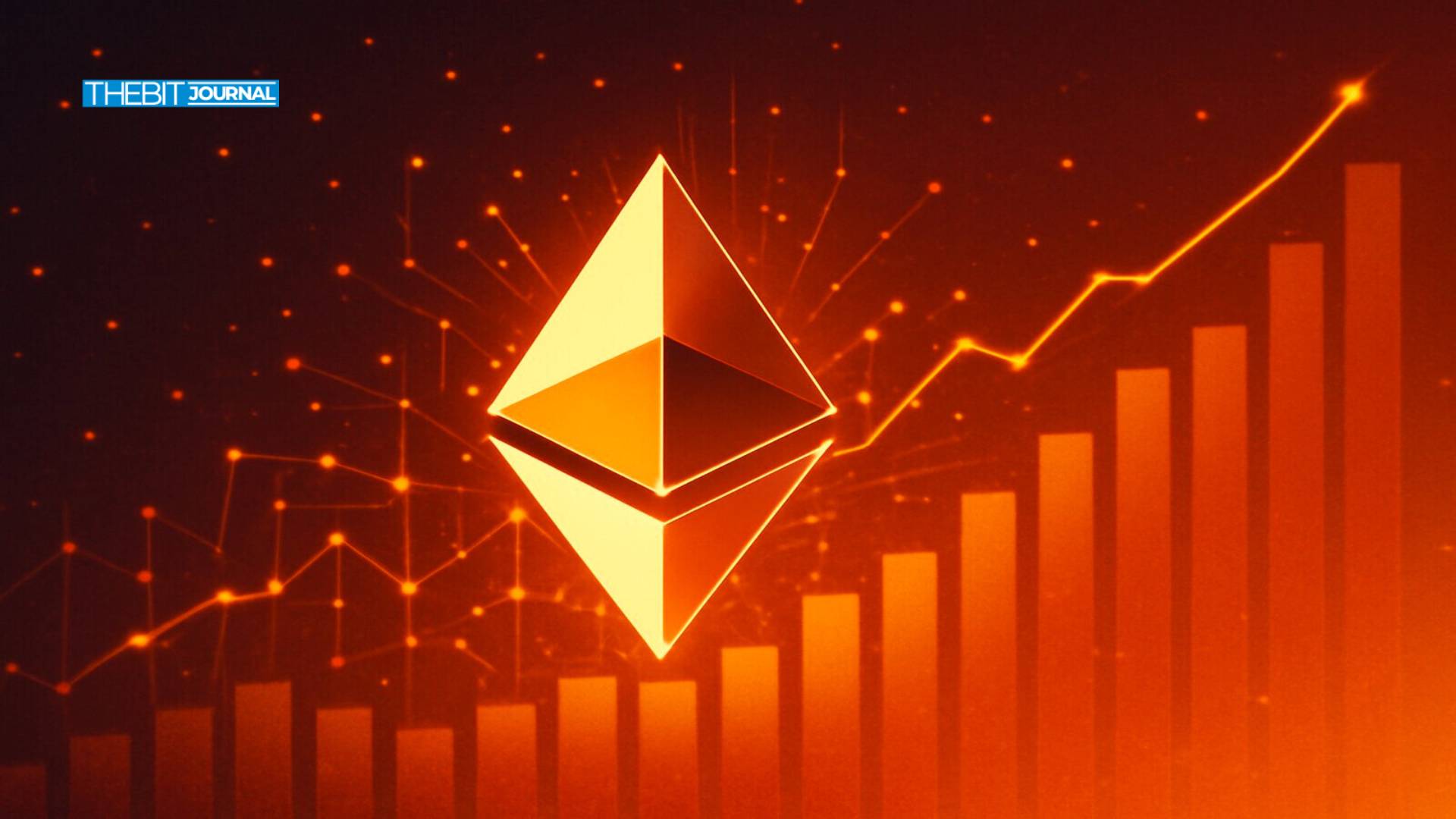
What Needs to Happen for ETH to Hit $2,200?
For Ether to break out of its funk and hit $2,200, something more than protocol upgrades is needed. Better staking incentives, higher DApp user engagement, and clearer value accrual for ETH itself are among the most cited needs by analysts.
The ETH/BTC ratio, often seen as a proxy for Ethereum’s strength vs the broader market, has been declining since January, even during bull runs. A reversal of this trend, combined with more fee generation and stronger DeFi participation, could be the trigger.
A Realignment of Value, Not Just Infrastructure
The Ethereum community seems to understand that upgrades need to be matched by user demand. As developer Tim Beiko of the Ethereum Foundation said during a recent Reddit AMA: “Our upgrades are about long-term alignment, not short-term price reactions. Pectra is foundational, but we need more work to improve UX and onboarding”.
Until that happens on the front-end for users, especially on L2s, ETH’s price will continue to underperform despite the underlying tech.
Conclusion: A Step Forward, But No Price Pop Yet
The Ethereum Pectra upgrade is a necessary and good step for the Ethereum ecosystem, but it’s not a price pump. Traders are cautious, and the network’s fee revenue and user engagement numbers haven’t yet changed. If Ethereum can build on this with L2 interoperability and better economic incentives for ETH holders, then the price could follow. For now, it’s just a tech step.
FAQs
What is the Pectra upgrade?
The Pectra upgrade is a network update that adds better validator management and data handling. It’s a step towards scalability and interoperability.
Why didn’t ETH price go up after the Pectra upgrade?
Despite the tech success, ETH didn’t move because of lack of retail and institutional interest, stagnant futures premiums and minimal user activity.
Is Ethereum still the DeFi leader?
Ethereum has the highest TVL at $53.7 billion. But transaction activity and user engagement is behind Solana and Tron.
Can ETH hit $2,200 soon?
A 22% price increase would require more than just tech upgrades. It needs stronger user adoption, higher fee generation and more ETH utility in DApps.
What’s next for Ethereum after Pectra?
Developers are working on L2 interoperability and user experience. These changes will close the usability gap between Ethereum and faster, more seamless blockchains.
Glossary
Pectra Upgrade: An upcoming Ethereum network update focused on validator operations and network optimization.
ETH Futures Premium: The difference between ETH futures and spot price, used to measure market sentiment.
L2 (Layer-2): Secondary scaling solutions on Ethereum to handle more transactions with lower fees.
TVL (Total Value Locked): The total value of assets in DeFi.
Blob Fees: A new fee mechanism introduced with proto-danksharding for data availability.
Sources

